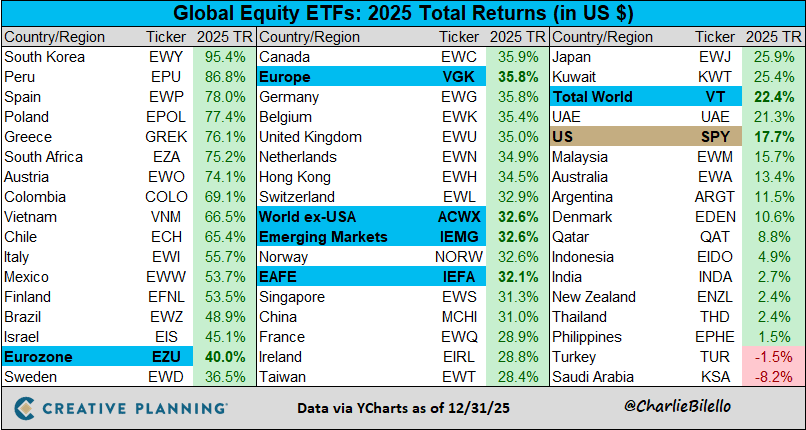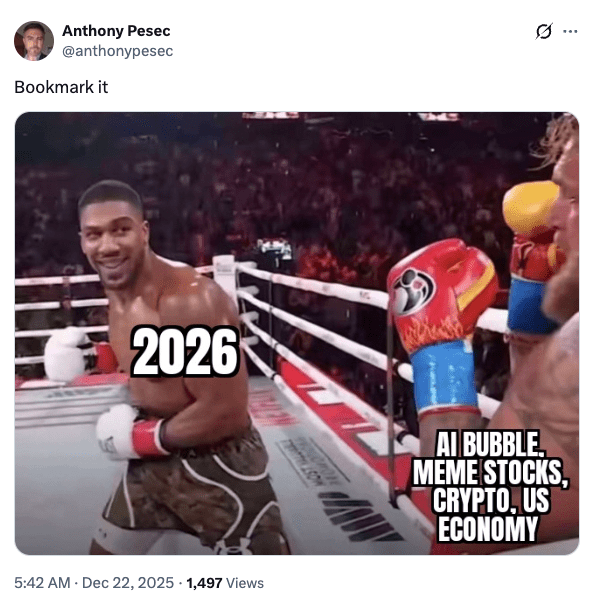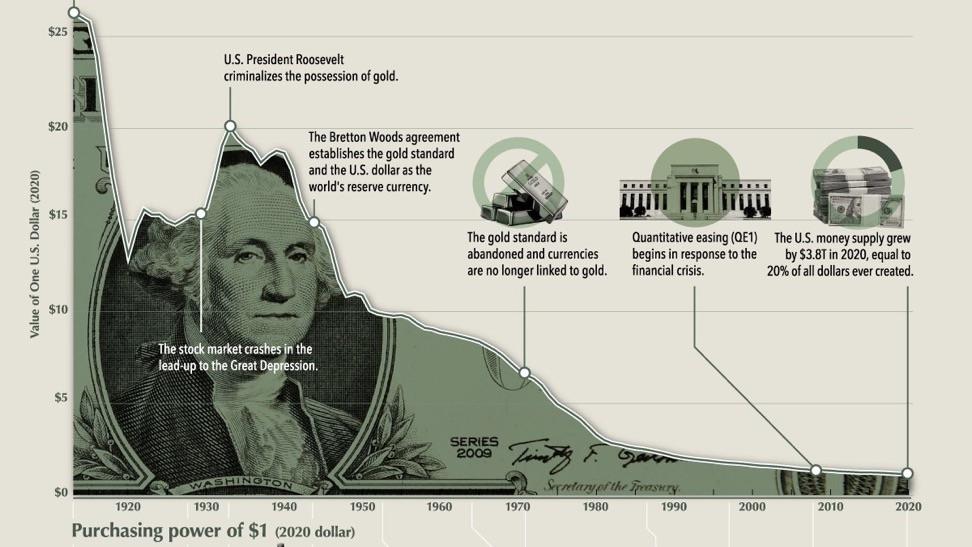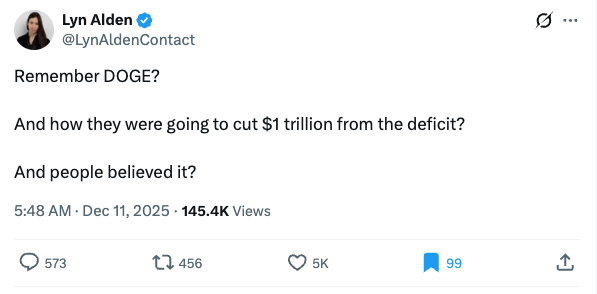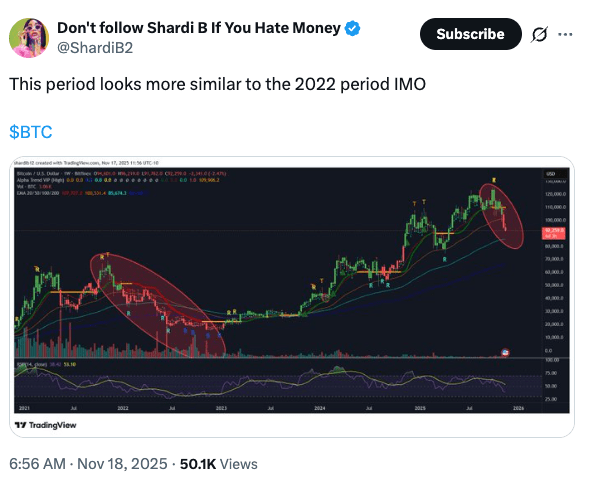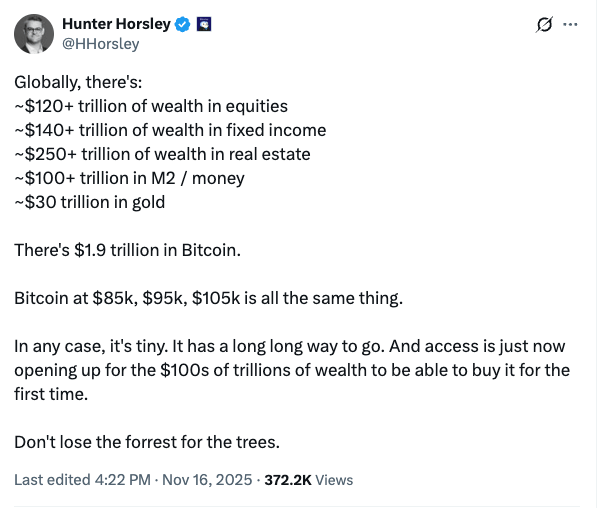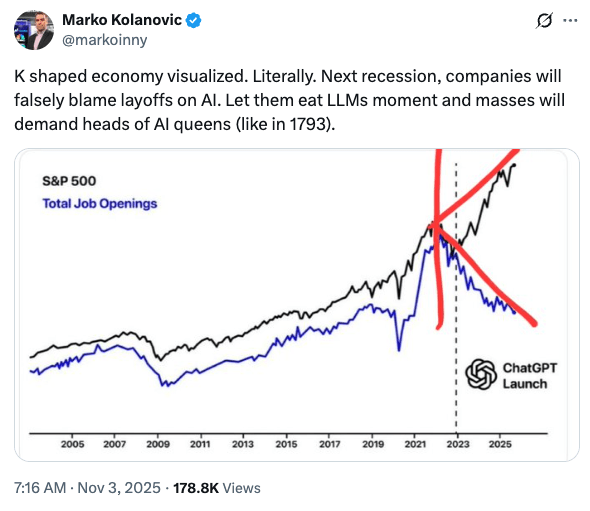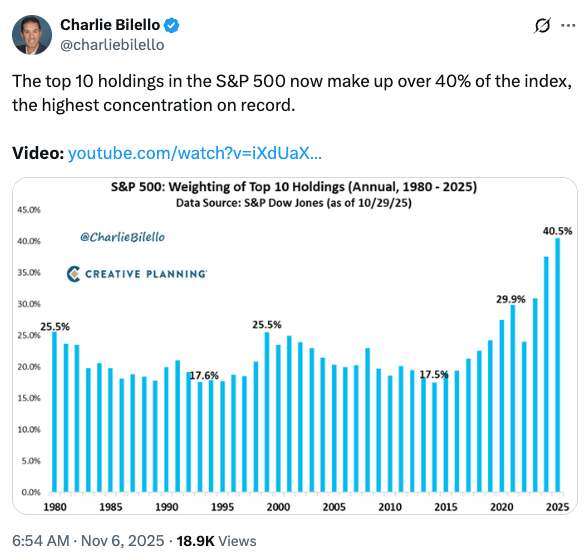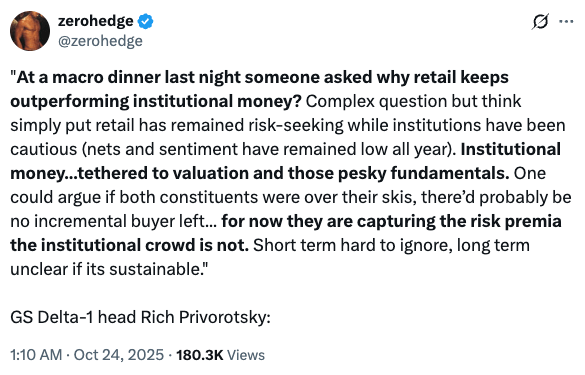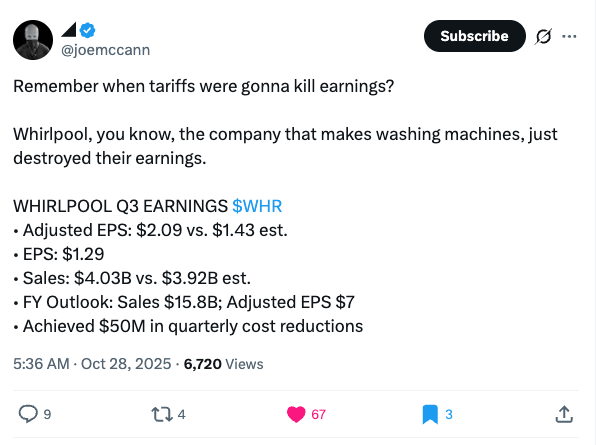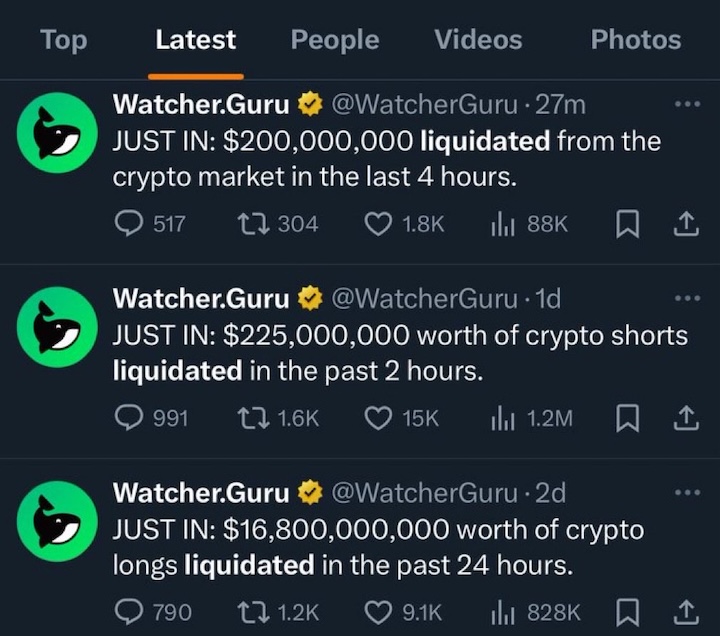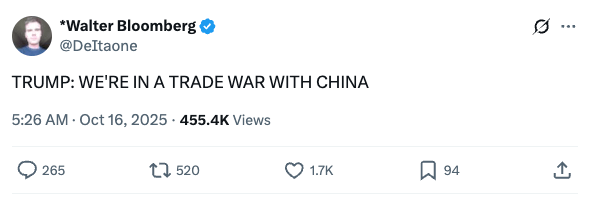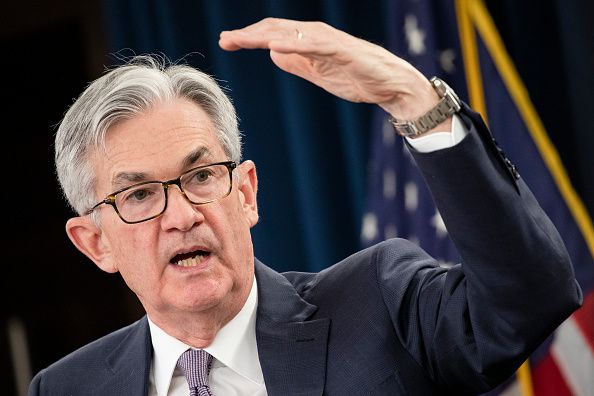
The whole generative AI thing is pretty weird, but I think I’m starting to get it: Some people are using AI to generate torrents of slop. Other people are using it as a tool to learn and get stuff done. I want to be the latter and avoid the former as much as possible.
The thing I initially found LLMs to be useful for was taking a long, information-dense document, perhaps written in Japanese, and getting a nice, concise summary in English. In particular, I used it to read the earnings reports of companies I was interested in investing in. However, here’s the catch: I’m not a stock analyst. So, often, even with a nice summary, I couldn’t decide if a stock I liked was actually a good investment.
I recently got around to reading Peter Lynch’s excellent One Up On Wall Street. It’s a fabulous book, written for retail investors. If I were to really simplify the book’s content, it would be:
1) How to find great investment opportunities simply by looking around you and finding companies you already know offering products you love
2) How to analyse the company’s financial disclosures to figure out if it’s really a good investment
Of course, there is more to the book than that. But these two things alone made it a hugely worthwhile read.
Now, investing in individual stocks is not for everyone. It’s not even necessary. As I write this, the Nikkei 225 index just hit a new all-time high. It’s up almost +50% over the last two years alone. The S&P 500 is up almost as much over the same period. There is nothing wrong with just owning the index and spending your time doing something else. Just don’t make the “something else” generating AI slop posts on LinkedIn or whatever. Please…
Where am I going with this? Oh, yes. After reading the Peter Lynch book, I realised that I could use some of the techniques in there to identify stocks I’m interested in and then use some of the questions Lynch asks to get AI to help me better understand those companies’ earnings reports.
I’ll give you an example, which I may regret. But it’s a stock I actually bought recently using this method.
As I get older, I notice a lot of people around me are wearing spectacles. Some need them permanently, while others, like my wife, can no longer read what’s on their phone without them. Japan’s ageing population problem is well-documented. I guess a lot of these oldies need glasses. Perhaps that’s why there are glasses shops EVERYWHERE!
Like everywhere. Along busy roads, in department stores, in malls. There are tons of eyewear shops.
I often find myself perusing this Trading View list of Japanese stocks. I like how you can use the tabs to sort and view a list of stocks with the most cash or the highest dividend. A few weeks back, I was looking at the list of oversold stocks and I noticed JINS Holdings (3046). And yes, they sell spectacles. I was in one of their shops with my wife just the other day, and it was really busy. Their specs are high quality and low price. And their stock took a beating over the last few months.
So, I decided to see how Peter Lynch works with ChatGPT. I downloaded the latest company earnings report and fed it to the machine. Instead of just asking for a summary and trying to figure it out myself, I asked ChatGPT to provide a summary that focused on answering some Peter Lynch-style questions:
What’s the recent growth in earnings?
What’s the P/E ratio relative to historic levels?
What makes the stock a good buy now?
Are existing stores in profit?
Where’s the expansion coming from?
What’s the debt situation?
How will they finance growth without selling lots of new shares and diluting the earnings?
Are insiders buying?
How does the stock price look versus the earnings over the last 5 years?
What are the dividends, and have they always been paid?
What percentage of shares are owned by institutions?
I won’t post all of the answers I got here. You can try it yourself if you want to. Suffice to say that the information I got was way more useful than a plain summary of the earnings report.
Later, I also asked ChatGPT to search the web and try to identify possible reasons why the stock is down so much recently.
Asking it to give a web-sourced breakdown of the reasons why the stock might be down was deliberate. You’re not supposed to ask LLMs to think. That’s not what they do. In fact, I find that if you do ask them to think, they tend to go out of their way to confirm your bias and tell you whatever it is you want to hear.
So, anyway, long story short, I bought the stock on Xmas Day. It’s down -6.5% since then lol. And it’s down almost -4% today, a day where the Nikkei surged over 3% to another all-time high. (earnings miss haha!)
So, I may be an idiot. But it’s probably a little early to judge.
My point here isn’t so much about whether this approach works in this particular instance. I enjoy picking stocks, but am aware that I am weak when it comes to analysis. Asking good questions is a life skill that can be applied to many disciplines. Peter Lynch is very good at asking questions about company financials. And LLMs can answer those questions in seconds by reading the earnings report, leaving you with valuable time to do something else.
Don’t try this at home. Or do, but don’t blame me if it doesn’t work. The usual disclaimers apply. If you do try it, please let me know how it goes, what you learned and what other questions you came up with.
Let’s revisit JINS later this year and see how it works out. I’ll be trying more of this to get a larger sample size.

Disclaimer: This should go without saying, but the information contained in this blog is not investment advice, or an incentive to invest, and should not be considered as such. This is for information only.




